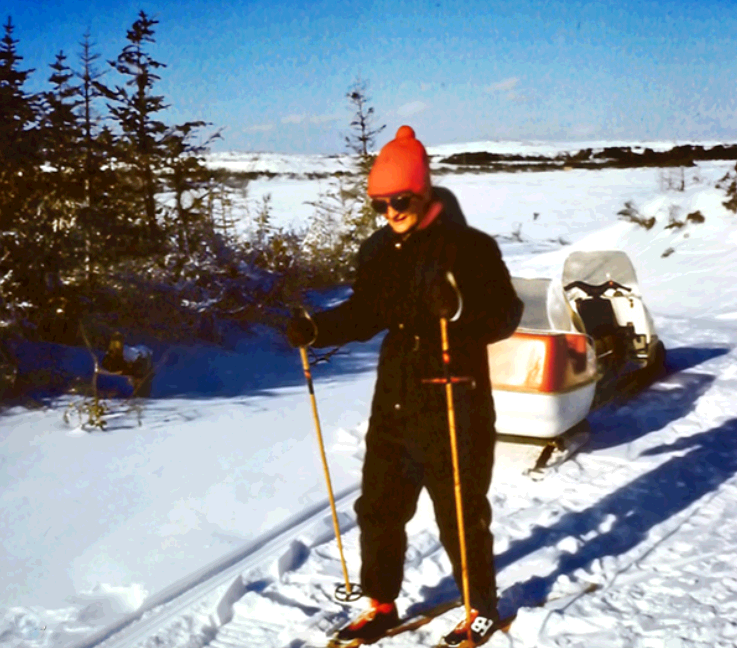Quebec’s Wide Open Spaces
The first impressions tourists have when visiting Quebec is admiration for our wide-open spaces. The Saint Lawrence River is immense, forests are innumerable, the North and Far North are fascinating. Everything is vast, open and spacious. Our eyes are accustomed to seeing big! We can allow ourselves the comfort of “social distancing” since we do not step on each other’s toes. When we scan the horizon, we see further still, and when we look up, we see the highest star. Yes, in this our nation, we are accustomed to a full-sized life!
Quebec’s mega projects that followed the “quiet revolution,” for which we are indebted to all those who preceded us, have also left indelible marks. In the wake of the James Bay project, I had the opportunity to belong to a small group of “disturbers” who asked the government if they could accompany the builders in family-trailers, school-trailers and infirmary-trailers. In this way, families would not need to be divided. The politics and the economy of the time, however, decided that the men would travel alone and provided them with grants to be able to occasionally visit their families. Still, not all was lost… the awareness about the needs of Quebec’s isolated populations traced deep furrows. The soil was ready for another seed to be sown.
In 1974, the Littoral (Lower North Shore) School Board launched a public recruitment campaign to get teachers to La Romaine (Gethsémani at the Federal level). When I expressed my interest to the Montreal School Board authorities, they accepted to let me go for only two years. That same day, I learned that the Congrégation de Notre-Dame had been asked to send sisters to that same region. The coincidence was too great. I raised my hand and said: "I’m ready." In September of that year, the Congregation opened the mission in La Romaine with the youngest group of sisters of that time: three in their twenties, three in their thirties. They were: Céline Beaulieu, Denise Brunelle, Liette Brunelle, Diane Caron, Armande Dumas and Marie-Josée Trifiro.
When we left, people talked to us about the furthest reaches of Quebec. We were everything but confined in the Gulf of St. Lawrence’s majestic setting. We welcomed Innu culture, known at that time as Montagnais. Adapting to the days’ slow pace, the limited means of transportation, the demands of a different type of education… we had to learn everything.
The confinement we are living today causes me to explore once again the wealth that is stored in the memory of this “isolated” part of the country which is designated as a “reserve.” Mandatory simplicity fosters the “inner cloister” and opens the heart to the dimensions of all types of humanness which is still unfolding here and now.
